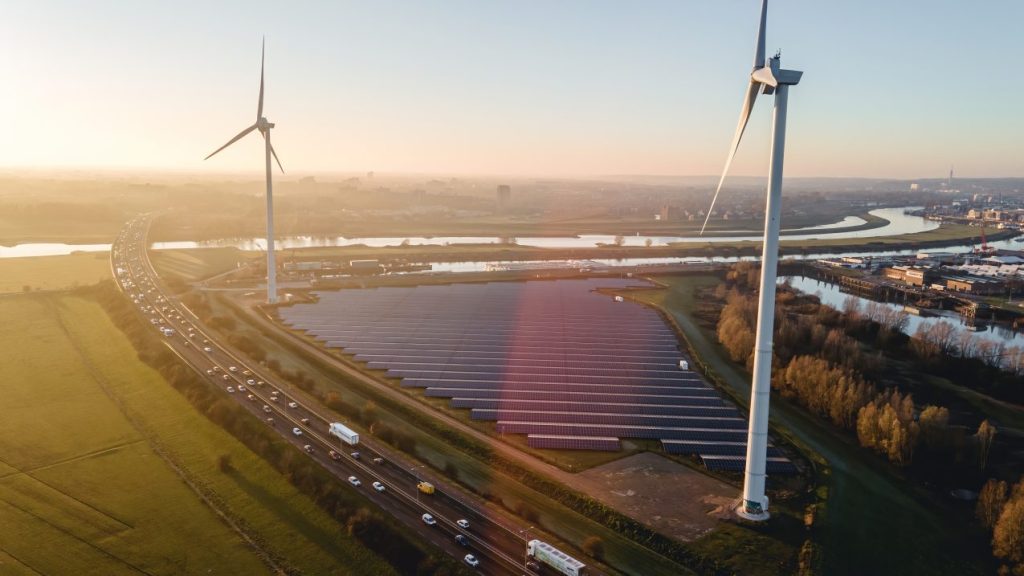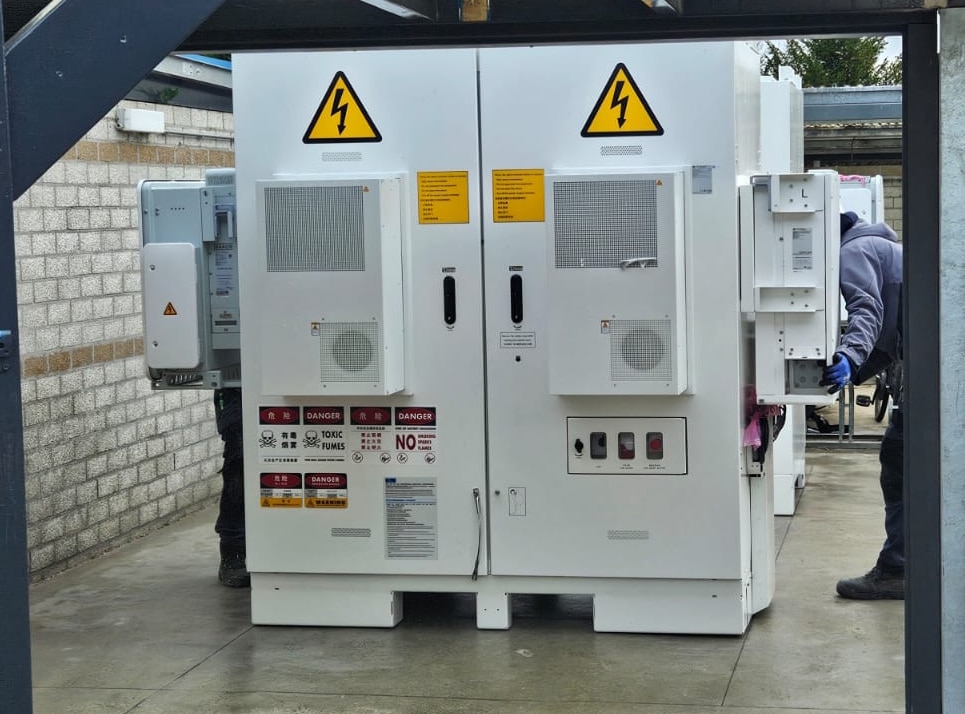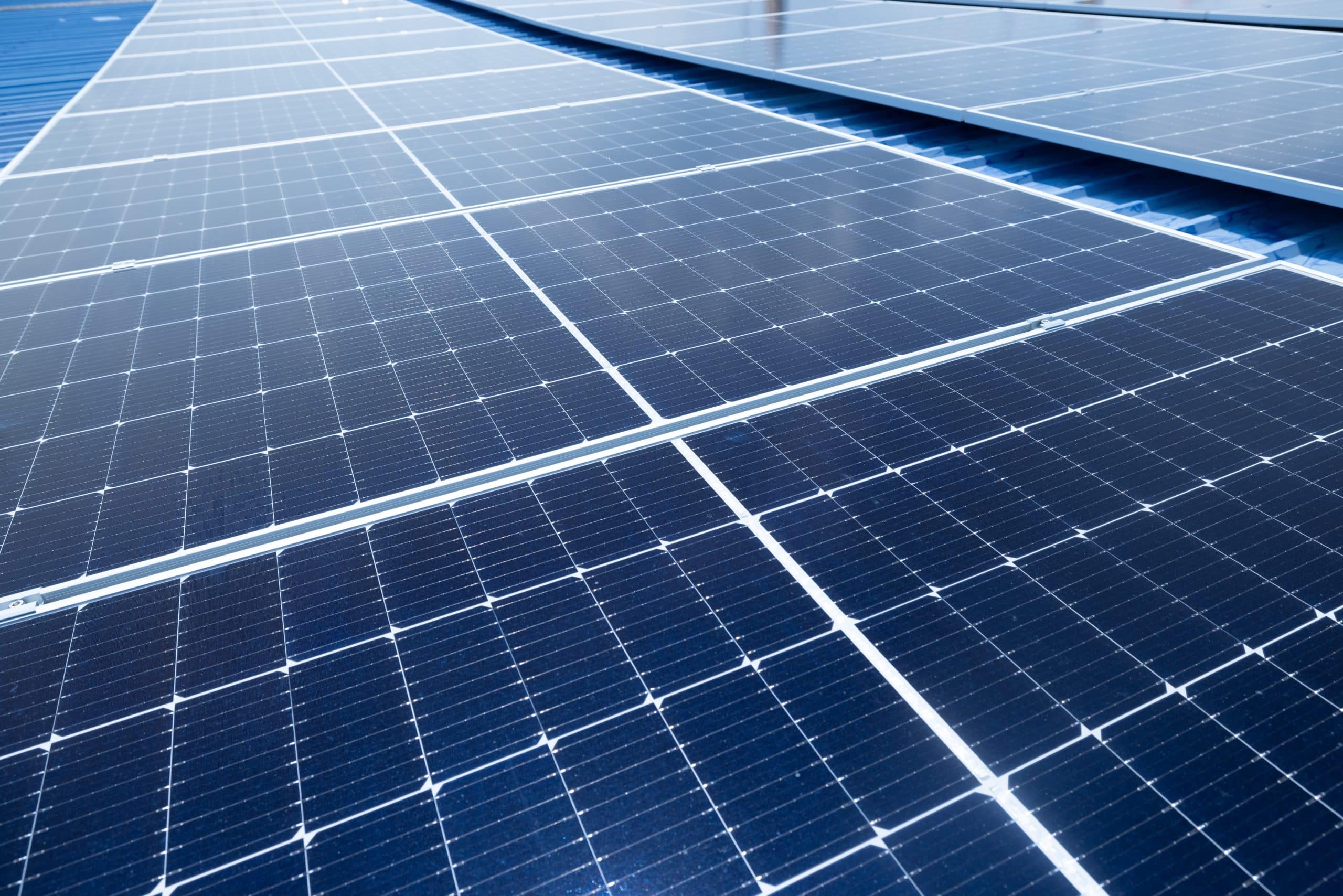Share of renewable energy grew to 17 per cent

By 2023, 17 per cent of the energy used was from renewable sources, and the share of renewable electricity rose to around 50 per cent. Biomass and wind turbines provided the largest share of energy, followed by a growing share of solar power. This is according to the annual figures of energyopwek.nl.
Last year, the share of renewable energy in the Netherlands was almost 17 per cent, up 13 per cent from 2022. This met the target set in the energy agreement to have 16 per cent of energy supply from renewable energy by 2023.
The Netherlands installed 4.1 gigawatts of solar panels by 2023, according to figures from SolarPower Europe. This ranks the Netherlands fifth in Europe, with Germany, Spain, Italy and Poland leading the way. In terms of installed solar power capacity per inhabitant, the Netherlands is even number one in Europe. Wind turbines are also becoming increasingly important. The capacity of offshore wind turbines is currently 4.7 gigawatts, fulfilling the agreement in the energy agreement that states that it should be 4.7 gigawatts.
By 2023, the share of power from green sources rose to 50 per cent, up from 41 per cent in 2022. Solar energy provided the most power (17.6 per cent), followed by onshore wind (15.1 per cent), offshore wind (9.9 per cent), biomass (7.3 per cent) and hydropower (0.1 per cent). The Netherlands Environmental Assessment Agency expects an average of 85 per cent of energy to come from renewable sources by 2030.
This growth in production also regularly created a power surplus. Electricity not used or exported then created negative energy prices. Last year, this involved 308 hours of negative energy prices (up to 28 December), compared to 85 hours in 2022. This growth is not only due to a growth in supply of solar and wind power, but also due to decreased electricity demand. Indeed, after years of being constant, that electricity demand fell by 5 per cent in 2023. Experts expect this electricity demand to grow, but the supply of solar and wind power to increase faster.
Source: Solar 365



